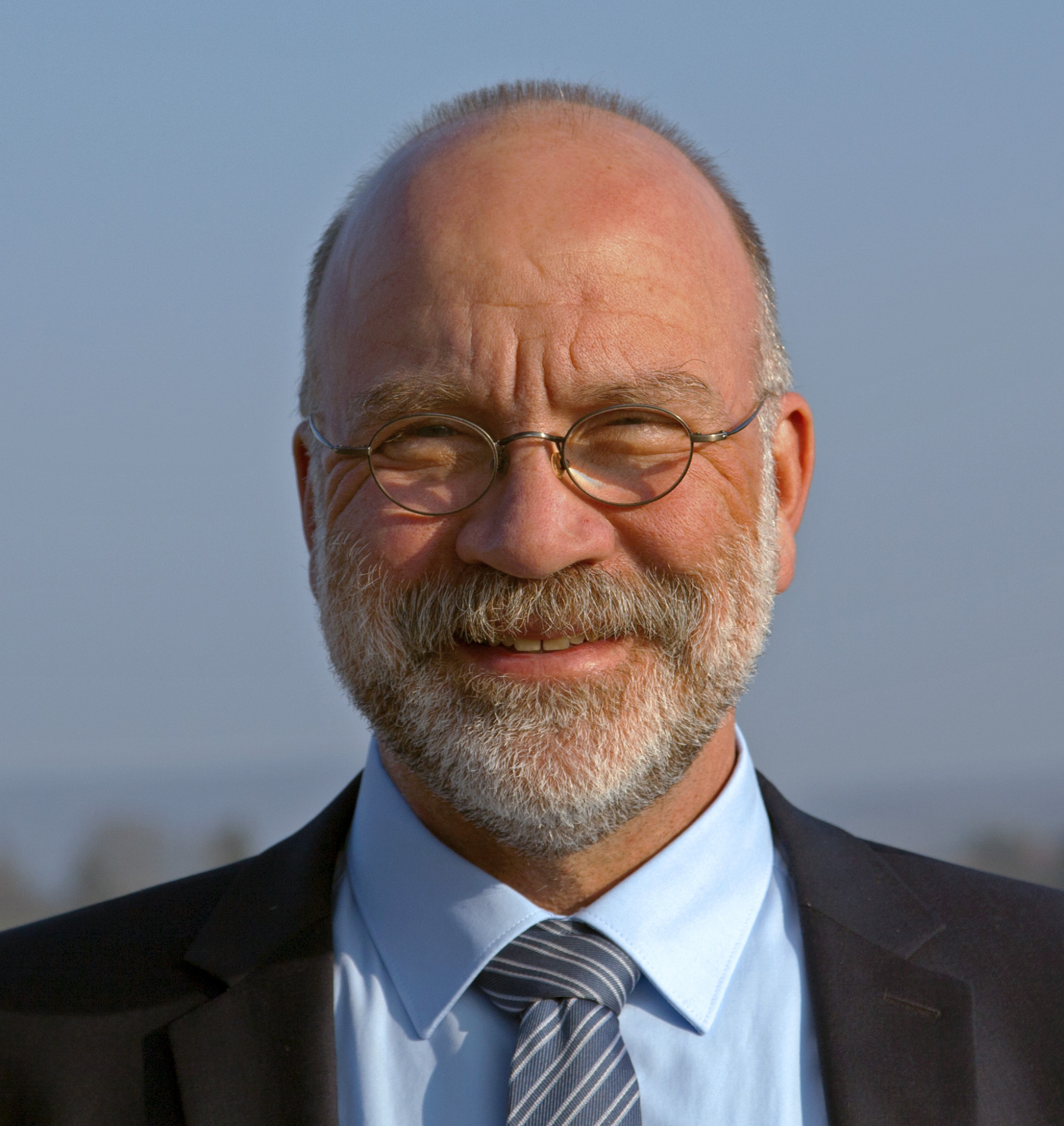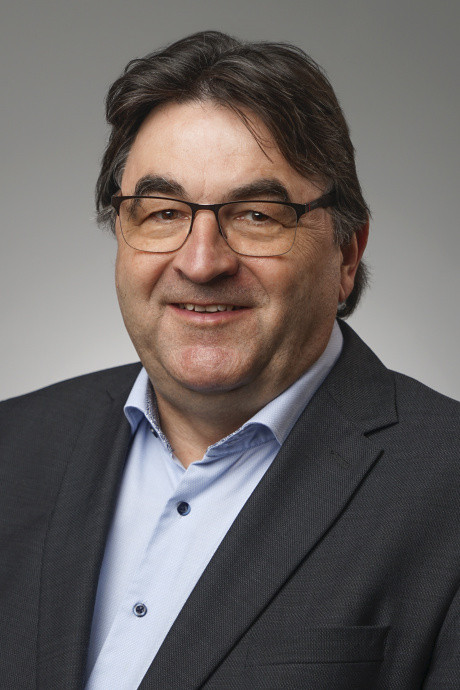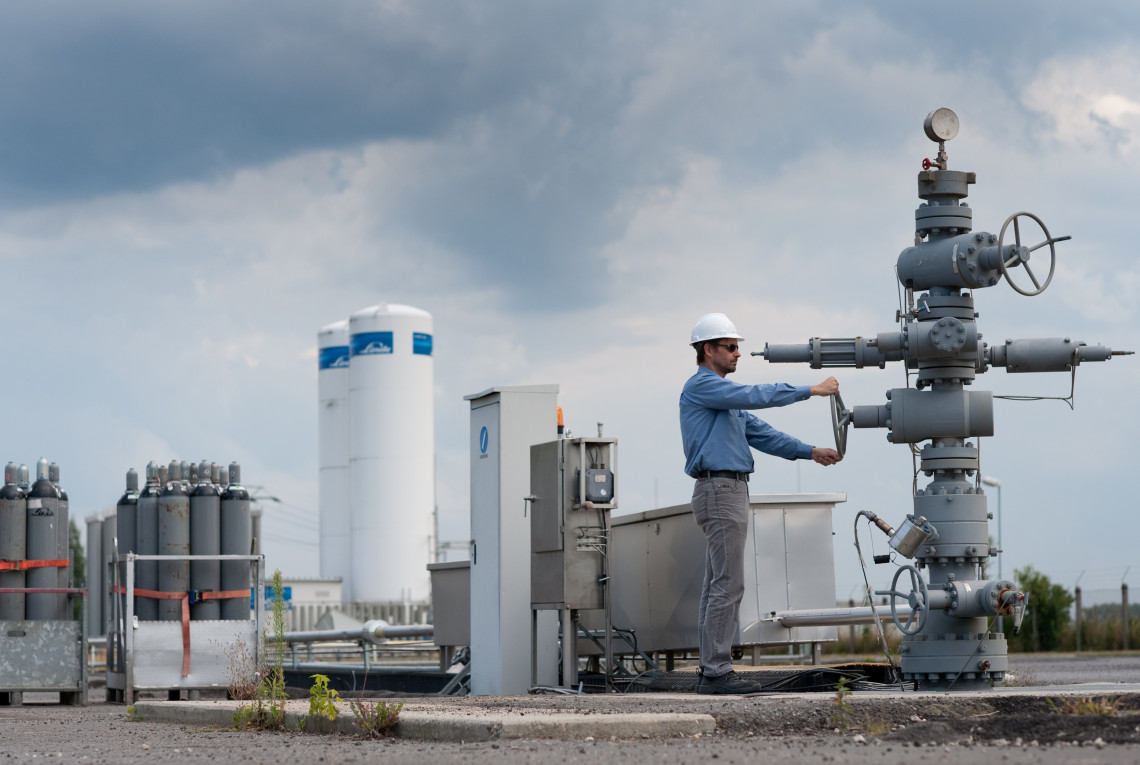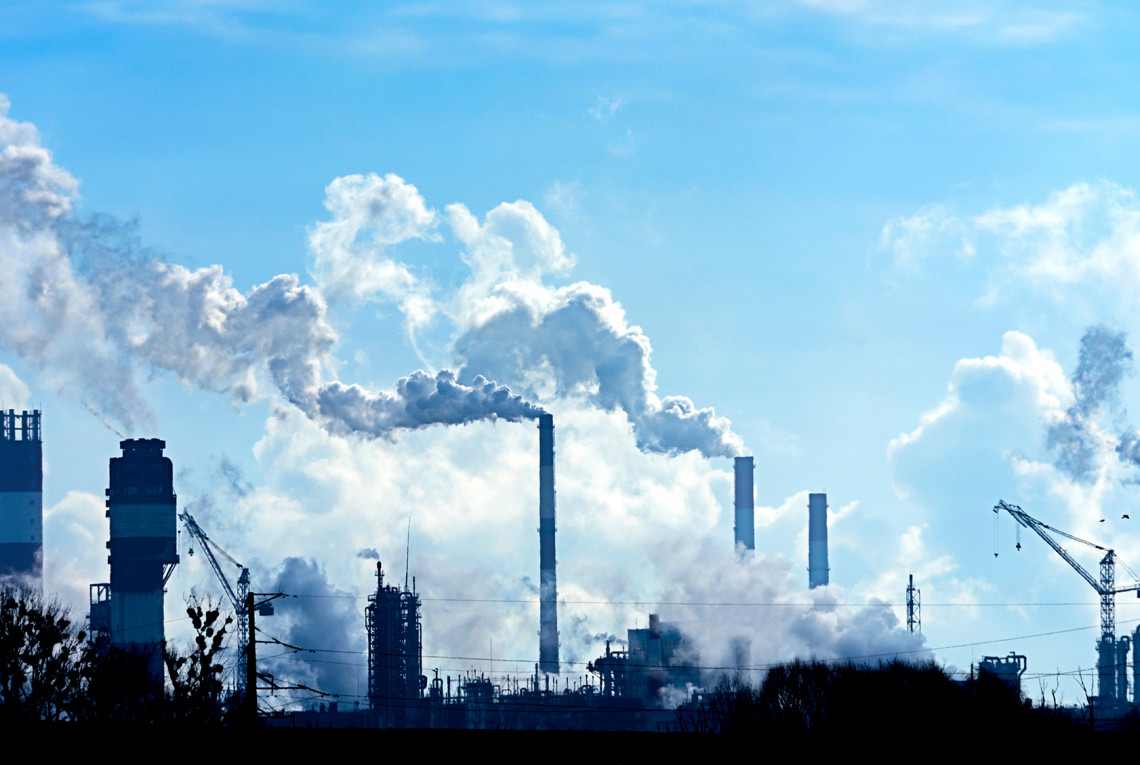CO₂ capture and geological storage: opportunities outweigh risks


In Germany, technologies for capturing carbon dioxide and storing it underground (CCS) have been investigated and tested in pilot projects. Christoph Hilgers and Frank Schilling from the Karlsruhe Institute of Technology (KIT) argue that the nation's legal framework must be changed in order to implement industrial-scale projects.
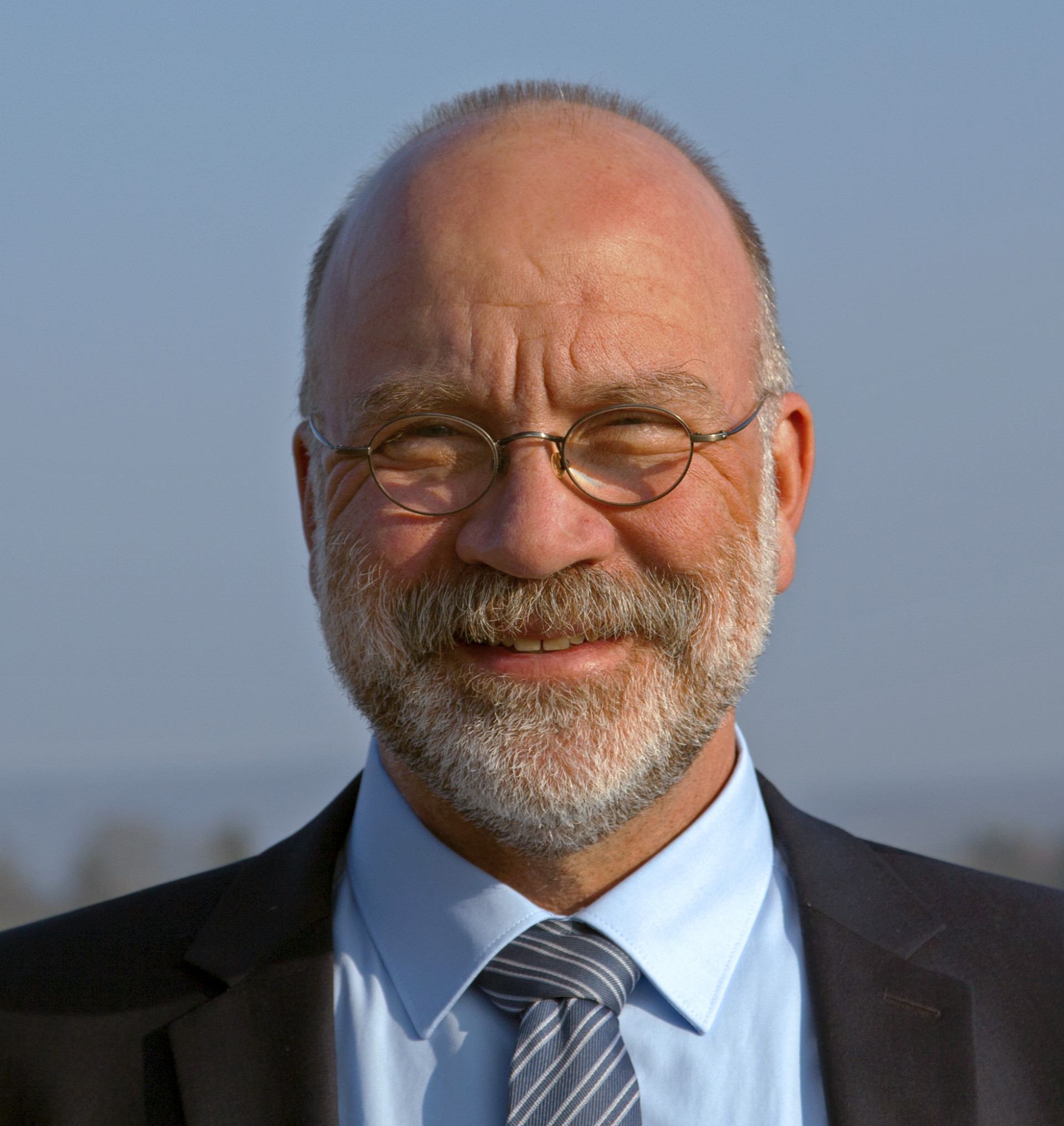
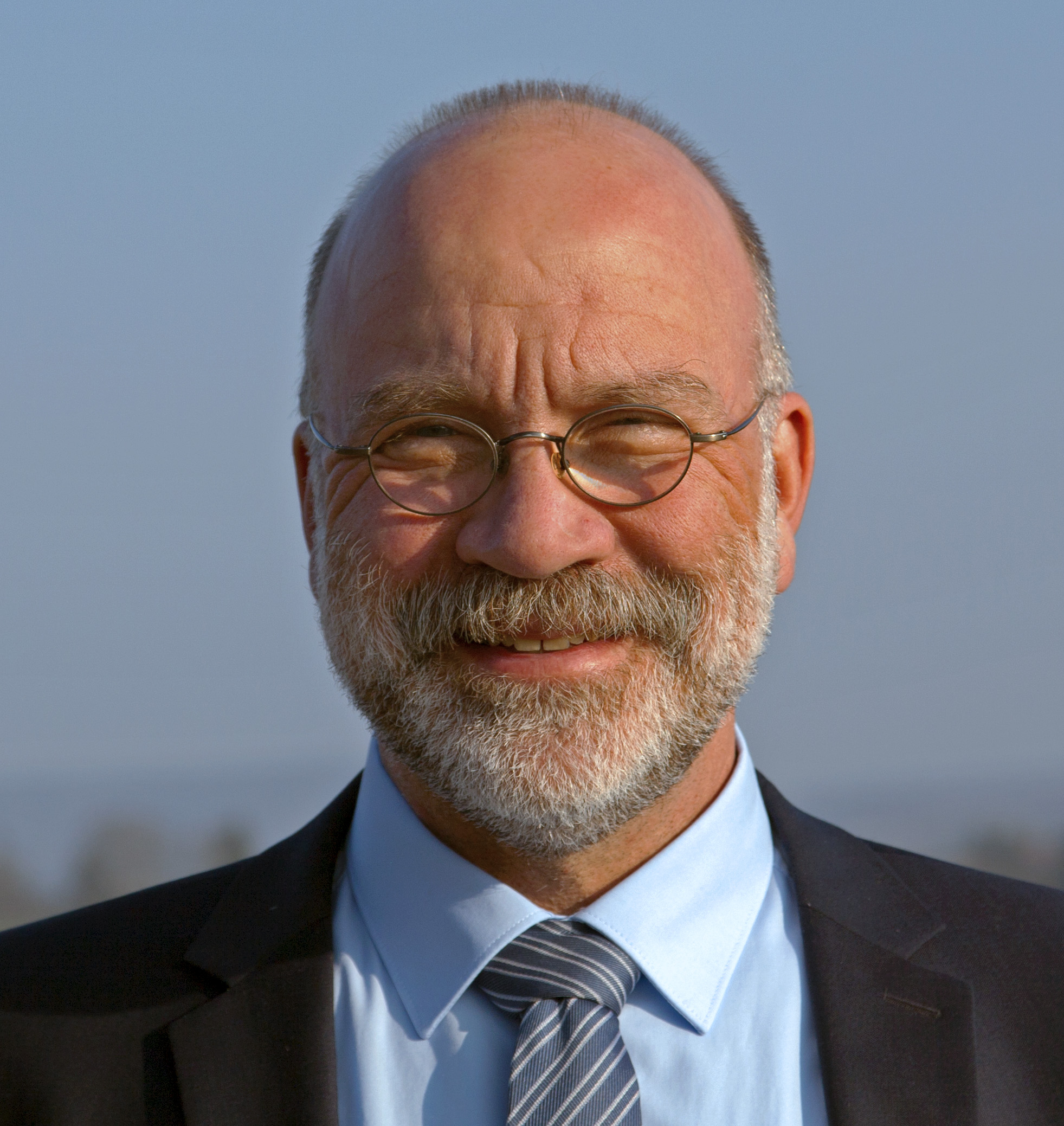
Greenhouse gases in the atmosphere are a prerequisite for life on Earth. Some human activities, such as burning fossil fuels, release greenhouse gases and increase their concentration in the atmosphere. Excessive concentrations lead to global warming. The Paris Climate Agreement was signed in 2015 with 195 countries agreeing to limit global warming – if possible to 1.5 degrees Celsius compared to the pre-industrial era.
Scientific studies, including the latest report by the Intergovernmental Panel on Climate Change (IPCC), show that the Paris target cannot be reached without capturing carbon dioxide (CO2) and storing it underground, a process called carbon capture and storage (CCS). In the meantime, CCS technologies have been investigated internationally and the potential storage volume determined. Commercially successful projects such as Sleipner, an active offshore storage facility in Norway, have demonstrated the feasibility of geological storage.

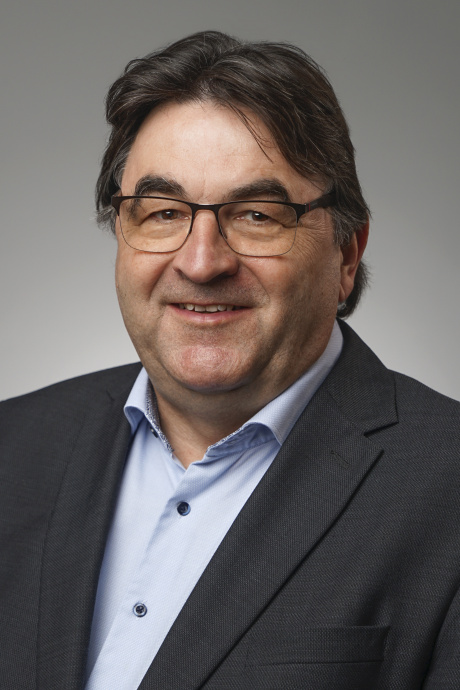
CCS in Germany
Important fundamentals of CCS have been investigated in Germany. Pilot projects have proven that geological storage works. The first successful injection on the European mainland, which involved 67 kilotons of CO2, took place from 2008 to 2017 as part of a research project near Ketzin in the German state of Brandenburg. The entire process chain was tested, including exploration, liquefaction, underground storage of CO2, and sealing the storage facility. The processes were subjected to comprehensive monitoring.
At the same time, an oxy-fuel power plant that operated from 2008 to 2014 in the Lausitz coal mining district showed how CO2 can be separated from flue gas and successfully stored in Ketzin. This was probably the first time worldwide that an industrial facility completed the entire process chain, from separating carbon dioxide from other gases to geological storage. A pilot plant for separating CO2 from flue gas at the Niederaußem power plant in the Rhineland mining district has been in operation since 2009.
Legal framework for CCS
The European Parliament and the Council of the European Union established the legal framework for storing CO2 in Europe in 2009. Among other things, the directive specifies how CO2 storage facilities are to be certified and monitored to prevent health and environmental hazards.
In 2022, with respect to the national implementation of the German legislation on carbon dioxide storage (Kohlendioxid-Speicherungsgesetz, KSpG), the German parliament concluded that "the current legal framework stands in the way of actual implementation of CCS". At the same time, many scientific studies view various gradations of these technologies as part of a strategy for achieving climate neutrality in Germany by 2045.
Opportunities and risks
To ensure that the opportunities of using CCS significantly outweigh the risks of storing CO2, the suitability of geological storage facilities and the quality of their reservoirs need to be assessed. The risks of injection and long-term storage can be further mitigated through the constant refinement of reservoir development, injection and monitoring methods.
Industrial-scale CCS projects are being implemented worldwide, among other places in the United States, Norway and Denmark, in some cases in cooperation with German companies. Germany has the technical and scientific potential to implement industrial CCS projects and benefit from the value they create. In this way, Germany could make a significant contribution to climate policy goals while also developing and exporting innovative technologies.

